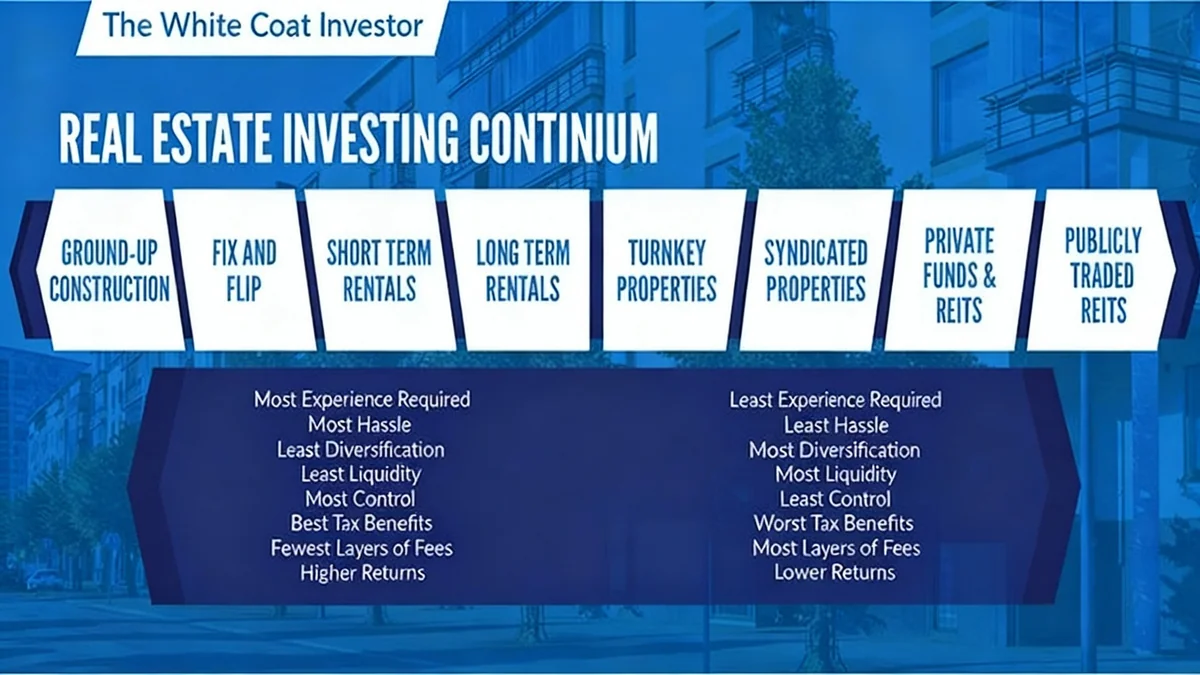Miami's housing market now faces the highest risk of a real estate bubble among 21 major global cities, according to the UBS Global Real Estate Bubble Index 2025. The annual report from the Swiss investment bank highlights a significant shift in market dynamics, with Tokyo and Zurich also identified as having high-risk valuations.
The study indicates that while global housing markets have generally cooled over the past year, with inflation-adjusted prices remaining largely flat, certain cities have experienced rapid price surges that have outpaced local incomes and rents, creating significant imbalances.
Key Takeaways
- Miami is now ranked as the city with the highest real estate bubble risk globally.
- Tokyo and Zurich join Miami in the high-risk category for potential price corrections.
- Dubai and Madrid showed the most significant increases in bubble risk over the past year.
- Global housing markets have seen a general cooling trend, with average bubble risk declining for the third consecutive year.
- São Paulo was identified as having the lowest bubble risk among all cities analyzed in the report.
Global Housing Market Trends
The 2025 edition of the UBS report paints a picture of a divided global property market. On average, the threat of widespread housing bubbles has diminished for the third straight year. This cooling is largely attributed to the impact of rising interest rates, which have tempered demand and improved affordability in some areas.
"Broad exuberance has faded," said Matthias Holzhey, the lead author of the study at UBS Global Wealth Management. He noted that cities previously flagged for high bubble risk in 2021, such as Frankfurt and Toronto, have since experienced significant real price corrections, averaging nearly 20% from their peaks.
In contrast, cities with more stable market conditions saw modest declines of about 5% on average. According to the report, overall global home prices were virtually unchanged in inflation-adjusted terms over the last four quarters.
By the Numbers
The UBS index categorizes risk based on a score: a score above 1.5 indicates a high bubble risk. The study analyzes property prices in 21 major financial centers worldwide, assessing factors like price-to-income ratios and economic distortions.
Cities with Elevated and Moderate Risk
Following the top-tier risk cities of Miami, Tokyo, and Zurich, another group of urban centers shows signs of overheating. The report places Los Angeles, Geneva, Amsterdam, and Dubai in the "elevated risk" category. Dubai's risk score, along with Madrid's, saw the most substantial increase since the previous year's analysis.
A larger group of cities falls into the moderate-risk zone. This includes Canadian cities like Vancouver and Toronto, as well as Sydney in Australia. In Europe, Madrid, Frankfurt, and Munich are also considered to have moderate imbalances. These markets have seen some price stabilization but still exhibit vulnerabilities.
Frankfurt, for instance, has seen its bubble risk fall from high to moderate after apartment prices dropped approximately 20% from their mid-2022 peak. The city's strong financial sector is now helping to support local housing demand.
Understanding Bubble Risk
The term "bubble risk" refers to a high probability of a significant and sharp price correction in the housing market. UBS clarifies that the index does not predict when a correction will happen but rather assesses the level of imbalance and vulnerability in a given market.
Low-Risk Markets and Affordability Challenges
Several major global cities are now considered to have low bubble risk. This group includes European capitals like London, Paris, and Milan. In the United States, San Francisco and New York are also in this category, alongside Hong Kong. São Paulo, Brazil, was identified as having the lowest risk of all cities surveyed.
London's risk profile has notably improved, declining from a high-risk assessment in 2016. House prices in the city remain about 20% below their 2016 peak when adjusted for inflation.
"Tougher rules, from new taxes to outright purchase bans to rent control measures, have dimmed the appeal of once sought-after markets such as Vancouver, Sydney, Amsterdam, Paris, New York, Singapore and London," stated Maciej Skoczek, an author of the study.
Despite lower bubble risk in some areas, housing affordability remains a critical issue globally. Hong Kong stands out as the least affordable city, where a skilled worker would need to save for approximately 14 years to afford a 650-square-foot apartment. Price-to-income ratios also exceed 10 in Tokyo, Paris, and London, indicating a severe disconnect between property prices and local earnings.
Regional Market Spotlights
Miami: A Market Overheating
Over the last 15 years, Miami has seen the most substantial inflation-adjusted price growth among all cities in the study, averaging over 5% annually. While the recent boom has started to cool, with price growth slowing in the past year, strong international demand, particularly from Latin America, continues to fuel its luxury segment. However, rising inventory and increasing maintenance costs are adding pressure to the market.
Dubai: Rapid Price and Risk Escalation
Dubai's real estate market has seen explosive growth, with prices climbing by double digits since mid-2023. Prices are now 50% higher than five years ago, the most significant increase among all cities analyzed. This surge has pushed its bubble risk into the elevated category for the second year in a row, driven by a population boom and strong immigration that has tightened housing supply.
Tokyo: Growth Disconnected from Fundamentals
In Tokyo, inflation-adjusted home prices have risen by 35% over the past five years, while real rents and incomes have barely moved. The city's population growth is now heavily reliant on international migration, which is also driving offshore investment demand for residential property. This continued price growth is severely eroding affordability for local residents.
Zurich: High Valuations Persist
Zurich's home prices are now 60% higher than a decade ago, rising twice as fast as rents and five times faster than incomes. It has the highest price-to-rent ratio in the study, suggesting poor returns for investors. Despite these high valuations, the market remains stable due to low financing costs and Zurich's status as a hub for international companies.





